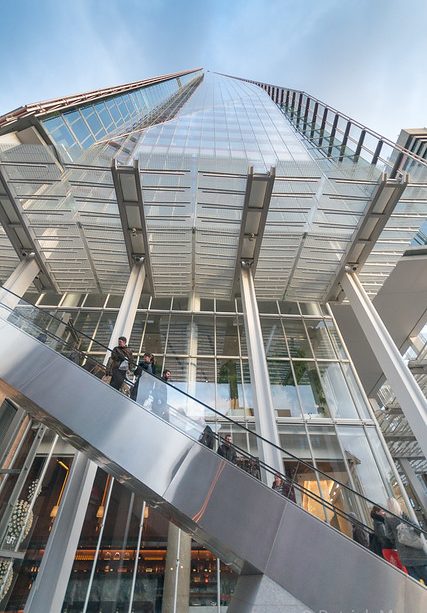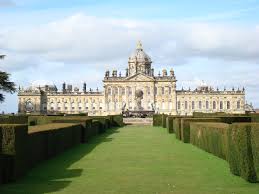Exploring The Shard: A Beacon of Modern Architecture

Introduction
The Shard, standing tall at 310 metres, dominates the London skyline as the tallest building in the UK and the fourth tallest in Europe. Completed in 2012, this remarkable skyscraper is not just a marvel of architectural innovation; it represents a significant socioeconomic development in London. With increasing interest in urban architecture and tourism, The Shard has become a focal point for visitors and locals alike, playing a pivotal role in shaping London’s identity.
Overview of The Shard
Designed by renowned architect Renzo Piano, The Shard features a unique glass façade that reflects the changing colours of the sky and the River Thames, adding vibrancy to the cityscape. The building houses a variety of amenities, including office spaces, luxury apartments, restaurants, and the exclusive Shangri-La Hotel. However, its most captivating feature is the View from The Shard observation deck, located on the 72nd floor, which offers unparalleled panoramic views of London. Visitors can see up to 40 miles on a clear day, making it a highly sought-after attraction.
Recent Developments and Events
In recent months, The Shard has reopened its observation deck to visitors after temporary closures due to the pandemic, attracting a surge of tourists eager to experience the breathtaking views once again. The management has implemented stringent health and safety measures to ensure a comfortable experience, including limited ticket sales and enhanced cleaning protocols. Additionally, several high-profile events have taken place at The Shard, reinforcing its status as a premium venue for corporate gatherings and social events.
The Importance of The Shard
Economically, The Shard has had a significant impact on London’s hospitality and tourism sector. It has become a symbol of modern London and draws millions of visitors every year, contributing substantially to the local economy. Furthermore, The Shard has sparked discussions about urban development and sustainability, highlighting the need for eco-friendly building practices in future constructions. Recent proposals have also suggested that developments similar to The Shard could lead to a resurgence in urban tourism as cities adapt to economic shifts in the post-pandemic world.
Conclusion
As The Shard continues to inspire awe within both London and the international community, its blend of architectural brilliance and urban functionality signifies a new era of skyscraper design. Looking ahead, The Shard will likely remain a pivotal landmark for architectural discussions, tourism, and economic development in London. For residents and visitors alike, The Shard is not just a building; it is a testament to the city’s enduring spirit and its ability to innovate and attract.









